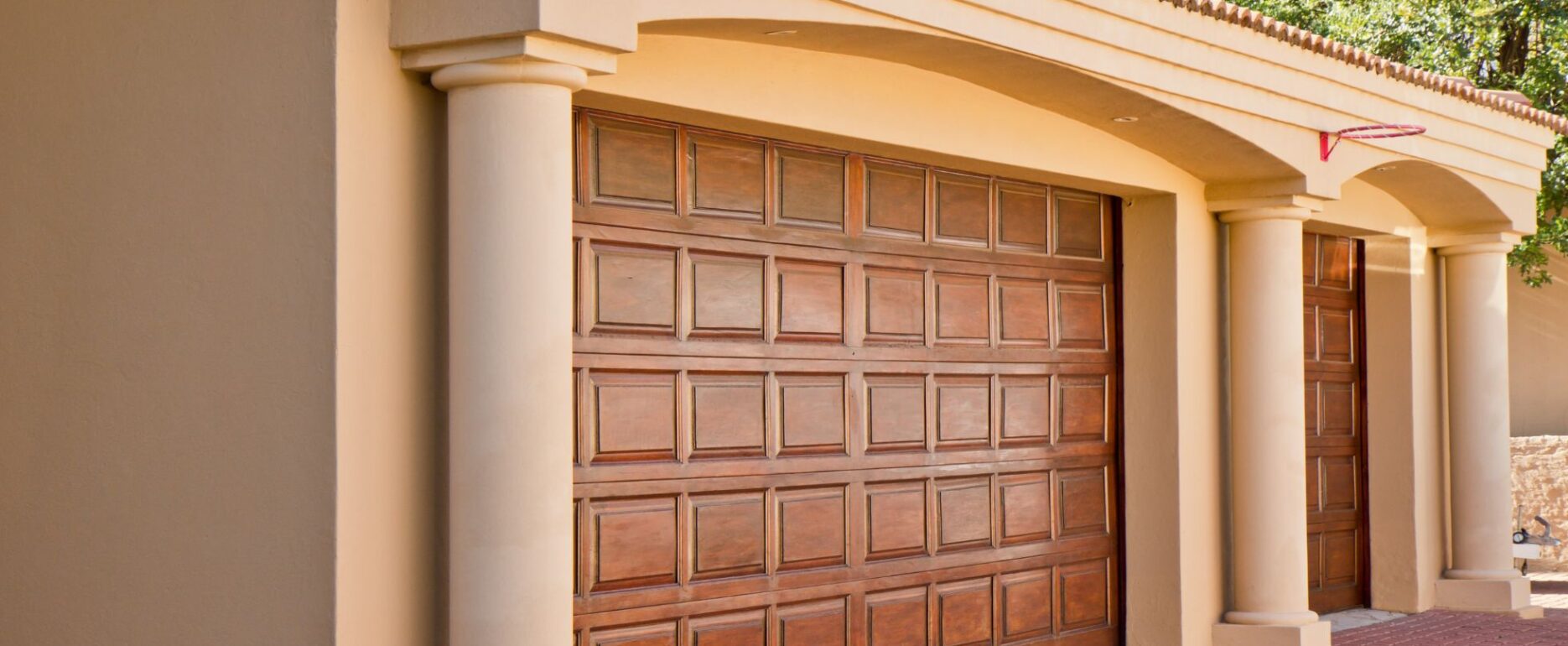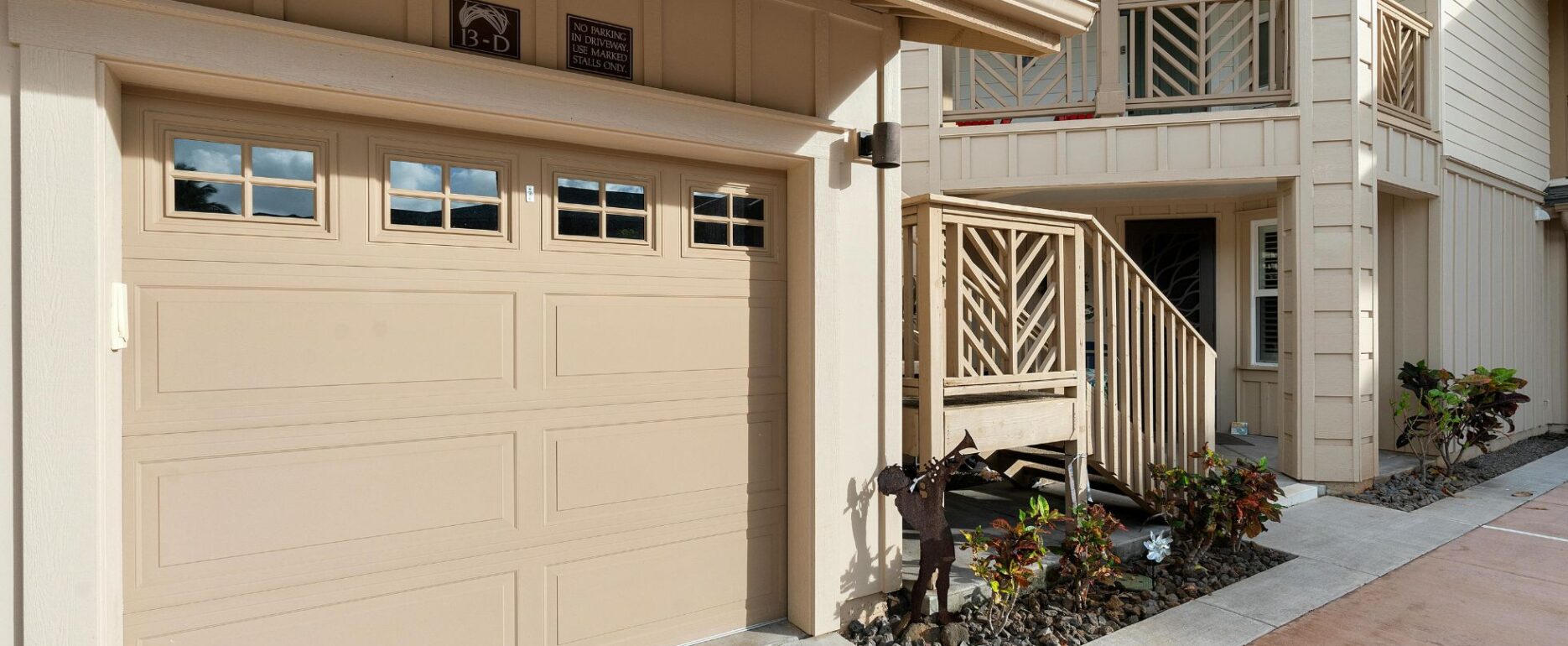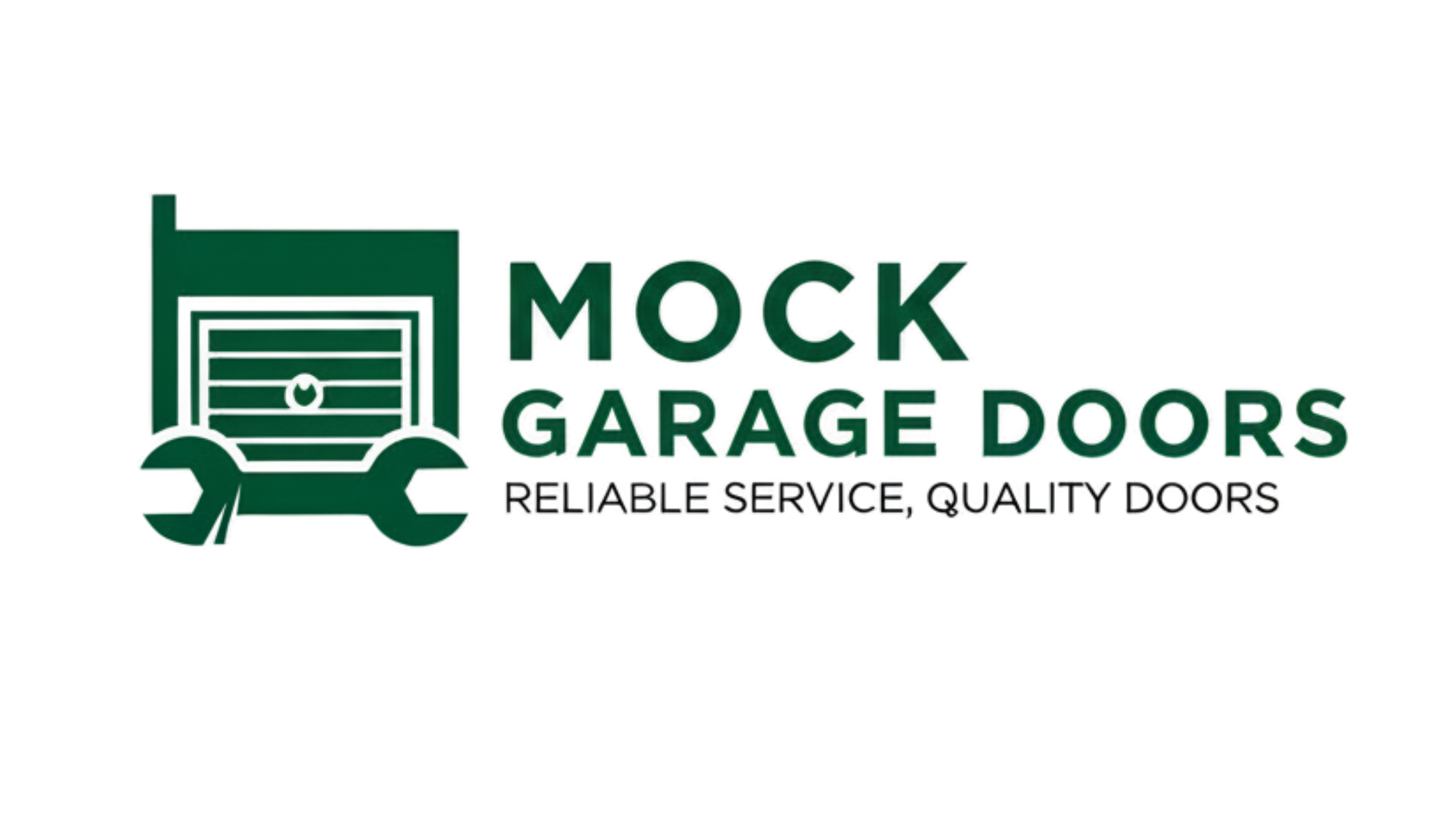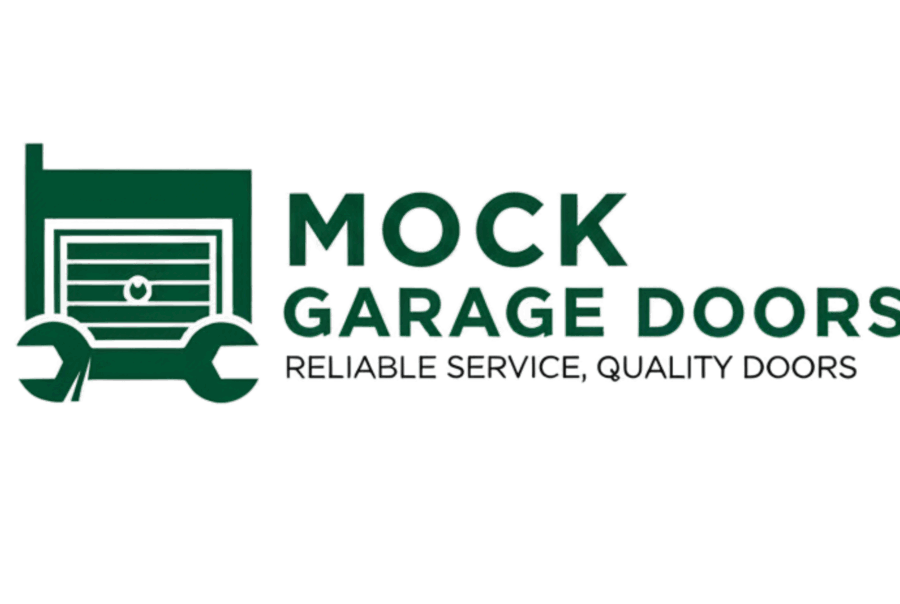Lorem ipsum dolor sit amet, consectetur adipiscing elit. Ut elit tellus, luctus nec ullamcorper mattis, pulvinar dapibus learo.
Garage Door Tips and Guide
Expert Tips and Guidance for Your Garage Door by Garage Door
I am text block. Click edit button to change this text. Lorem ipsum dolor sit amet, consectetur adipiscing elit. Ut elit tellus, luctus nec ullamcorper mattis, pulvinar dapibus leo.

Top Garage Door Maintenance Tips
-
Lubricate Moving Parts Regularly: Apply a high-quality, silicone-based lubricant to springs, rollers, hinges, and tracks every 6 months to reduce friction and noise. Avoid WD-40, as it attracts dirt. This is especially important in [Your City]’s humid or variable weather to prevent rust.
-
Inspect Springs and Cables: Check for signs of wear, such as fraying cables or rust on springs. Never attempt to repair these yourself—contact [Your Company Name] for safe, professional service in [Your City].
-
Clean Tracks and Remove Debris: Clear dirt, leaves, or obstructions from tracks monthly to ensure smooth operation. Use a damp cloth and avoid heavy grease, which can trap grime in [Your City]’s dusty conditions.
-
Test Safety Features: Monthly, test your opener’s auto-reverse function by placing a small object under the door. Ensure sensors are aligned and clean to prevent accidents, a critical step for [Your City] families and businesses.
-
Check Weatherstripping: Inspect the bottom seal and side weatherstrips for cracks or wear, especially after [Your City]’s rainy or hot seasons. Replace damaged seals to maintain energy efficiency and keep out pests.

Troubleshooting Common Garage Door Issues
Address minor issues before they escalate with these troubleshooting tips:
-
Door Won’t Open or Close: Check the opener’s power source and remote batteries. Ensure sensors are aligned and free of obstructions. If the issue persists, call [Your Company Name] for expert repair in [Your City].
-
Noisy Operation: Squeaking or grinding often indicates dry rollers or hinges. Lubricate moving parts or tighten loose bolts. For persistent noise, schedule a professional inspection to check for worn components.
-
Slow or Jerky Movement: Misaligned tracks or worn rollers may be the cause. Inspect tracks for bends and ensure rollers move freely. Contact us for precise adjustments in [Your City].
-
Opener Remote Not Working: Replace batteries and reprogram the remote. If connectivity issues continue, your opener may need repair or a smart upgrade, which we can handle in [Your City].
-
Door Off Balance: Test balance by disconnecting the opener and manually lifting the door halfway. If it doesn’t stay in place, the springs may need adjustment—call our [Your City] team for safe service.

Guide to Choosing the Right Garage Door
Selecting the perfect garage door for your [Your City] property involves these considerations:
-
Material Selection: Choose materials suited to [Your City]’s climate. Insulated steel doors are durable and energy-efficient, wood offers a classic look but requires maintenance, and aluminum or glass suits modern custom designs.
-
Insulation for Efficiency: Opt for insulated doors to reduce energy costs, especially in [Your City]’s hot summers or chilly winters. Look for high R-values for better thermal performance.
-
Style and Curb Appeal: Match your door to your property’s architecture. Carriage house styles suit traditional [Your City] homes, while sleek designs fit modern commercial spaces or custom projects.
-
Smart Opener Features: Consider openers with Wi-Fi, smartphone control, or battery backups for convenience and reliability. Brands like LiftMaster and MyQ are ideal for [Your City]’s tech-savvy residents.
-
Security Features: Choose doors with reinforced panels and secure locking systems, especially for commercial properties in [Your City]. Smart openers with real-time alerts add extra protection.

Seasonal Maintenance for New york’s Climate
-
Spring: Inspect after winter for wear from cold or rain. Lubricate parts and check weatherstripping to prepare for New York’s humid spring conditions.
-
Summer: Clean tracks and test openers to ensure reliability during New York’s hot, dusty months.
-
Fall: Tighten hardware and check insulation to prepare for cooler temperatures in New York.
-
Winter: Test safety sensors and lubricate parts to prevent freezing or stiffness in New York’s colder weather.

When to Call a Professional
While DIY maintenance is helpful, some tasks require expert attention. Contact [Your Company Name] in [Your City] for:
-
Broken springs or cables
-
Opener motor or sensor failures
-
Major track or panel damage
-
Custom door refinishing or repairs
-
Annual professional tune-ups

When to Call a Professional
While DIY maintenance is helpful, some tasks require expert attention. Contact [Your Company Name] in [Your City] for:
-
Broken springs or cables
-
Opener motor or sensor failures
-
Major track or panel damage
-
Custom door refinishing or repairs
-
Annual professional tune-ups


